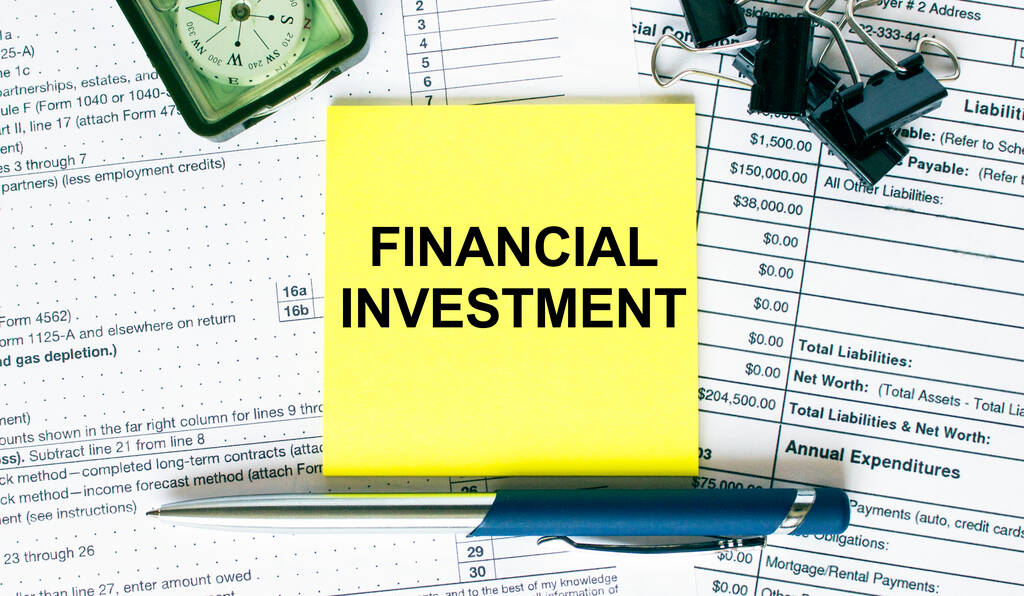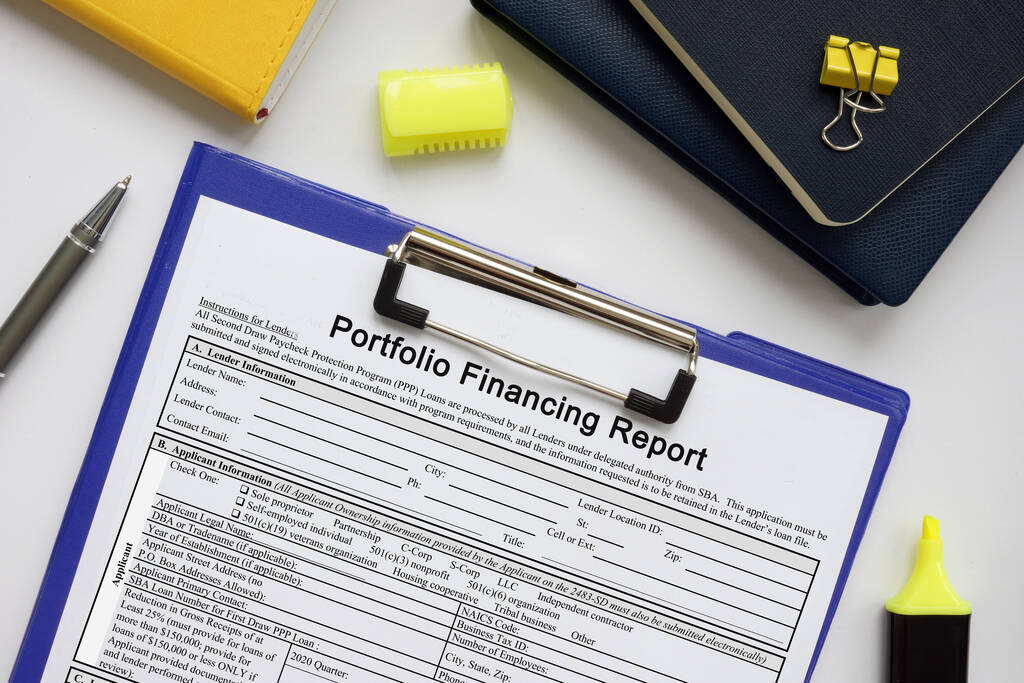The 1031 exchange is a powerful tax strategy used by real estate investors to defer capital gains taxes. However, completing a successful 1031 exchange requires careful planning and adherence to a specific timeline.

In this article, we will delve into the various stages of the 1031 exchange timeline and explore the key milestones that investors need to be aware of.
- Pre-Exchange Preparation: Before initiating a 1031 exchange, it is crucial to understand the prerequisites and conduct proper pre-exchange preparations. This involves identifying a qualified intermediary (QI) who will facilitate the exchange, conducting due diligence on potential replacement properties, and determining the investor’s investment goals and objectives.
- Sale of the Relinquished Property: The first step in the 1031 exchange timeline is the sale of the relinquished property. Once the property is sold, the proceeds from the sale are transferred to the QI to ensure compliance with IRS regulations. It is important to note that the investor should not take actual or constructive receipt of the funds from the sale to maintain the tax-deferred status of the exchange.
- Identification Period: After the sale of the relinquished property, the investor enters the identification period, which lasts for 45 calendar days. During this time, the investor must identify potential replacement properties in writing and submit the identification to the QI. The IRS allows three identification options: the Three-Property Rule, the 200% Rule, and the 95% Rule, each with its own specifications and limitations.
- Purchase of Replacement Property: Once the investor has identified potential replacement properties, they have 180 calendar days from the sale of the relinquished property to complete the purchase of the replacement property. It is essential to complete the acquisition within this timeframe to fulfill the requirements of a successful 1031 exchange. Working closely with real estate professionals and lenders can help expedite the process.
- Completion of Exchange: The final step in the 1031 exchange timeline is the completion of the exchange. At this stage, the QI facilitates the transfer of funds from the sale of the relinquished property to acquire the replacement property. The investor must ensure that the transaction adheres to all the necessary legal and financial procedures, including the necessary paperwork and closing formalities.
- Post-Exchange Considerations: After successfully completing the exchange, investors must continue to comply with certain requirements to maintain the tax benefits of the 1031 exchange. These include holding the replacement property for investment purposes, adhering to IRS regulations regarding the use of funds, and accurately reporting the exchange on tax returns.

The 1031 exchange timeline is a critical aspect of executing a successful tax-deferred exchange. By understanding and adhering to the various stages of the timeline, real estate investors can effectively defer capital gains taxes and leverage their investment capital. It is essential to work with knowledgeable professionals, such as qualified intermediaries and real estate advisors, to navigate the complex process and maximize the benefits of a 1031 exchange.
Learn more at Wiki as well.